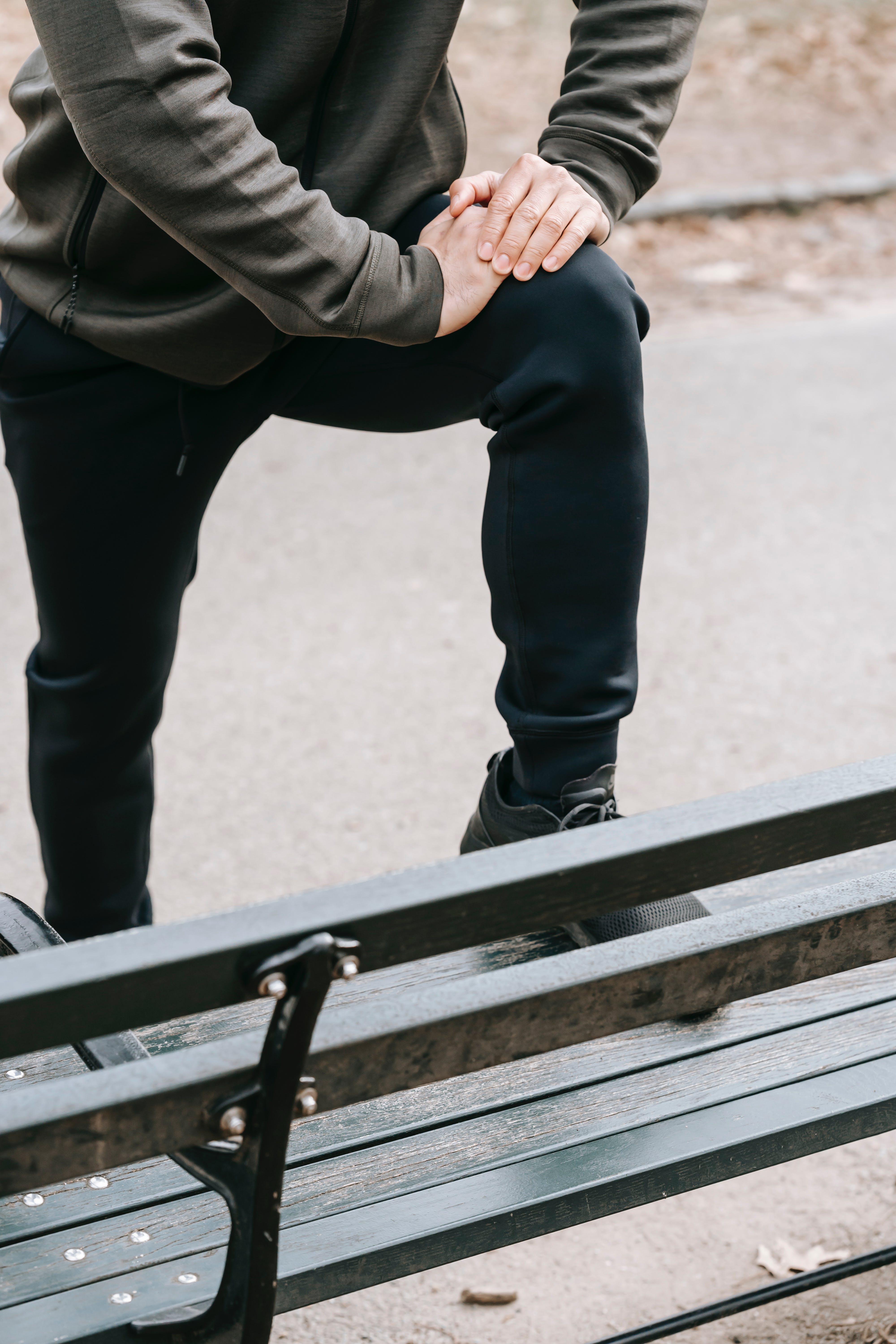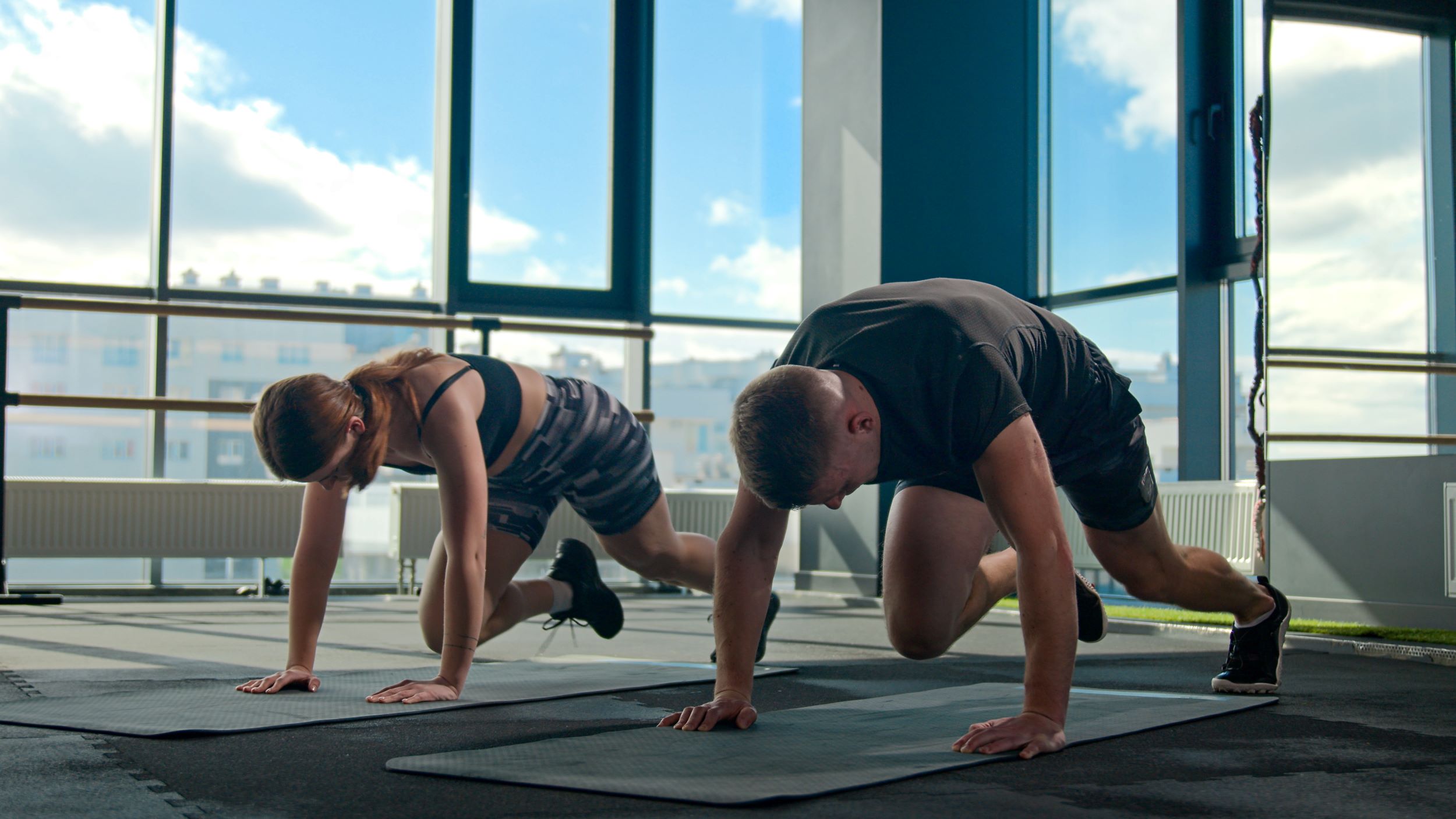Running is a fantastic way to stay fit, explore the outdoors, and enjoy a sense of freedom. However, improper running techniques can lead to knee pain, which can sideline even the most enthusiastic runners. Understanding and implementing the right running techniques is crucial for maintaining knee health and enhancing your running experience.
Proper running form not only helps in reducing the impact on your knees but also improves your overall efficiency, allowing you to run longer and faster without discomfort. From the positioning of your feet to the alignment of your hips, every aspect of your running form plays a vital role in preventing injuries.
In this article, we will explore the best running techniques to avoid knee pain. We will delve into the mechanics of running, the importance of proper footwear, and the role of strength training in maintaining knee health. Whether you are a beginner or an experienced runner, these tips will help you run pain-free and enjoy the journey.
Visit our website to learn more and get started today! Click here.
Understanding Knee Pain Causes
Knee pain is a common issue among runners, and understanding its underlying causes is the first step towards prevention. Various factors can contribute to knee pain, ranging from overuse and improper technique to anatomical issues and external conditions.
One of the primary causes of knee pain is overuse. Running puts repetitive stress on the knees, and without adequate rest and recovery, this can lead to inflammation and pain. It’s essential to listen to your body and incorporate rest days into your training schedule to avoid overuse injuries.
Another significant factor is improper running technique. Poor form, such as overstriding or heel striking, can increase the impact on your knees. Ensuring that your feet land directly under your hips and maintaining a slight forward lean can help distribute the forces more evenly across your joints.
Anatomical issues, such as flat feet or an uneven leg length, can also contribute to knee pain. These conditions can alter your gait and create imbalances that put extra strain on your knees. Custom orthotics or specific strengthening exercises can help address these issues.
External conditions, like running on hard surfaces or wearing inappropriate footwear, can exacerbate knee pain. Opt for well-cushioned running shoes and try to run on softer surfaces like trails or tracks whenever possible.
By understanding these causes, you can take proactive steps to mitigate knee pain and enjoy a more comfortable running experience.
Proper Running Posture Explained

Maintaining proper running posture is crucial for minimizing knee pain and enhancing overall performance. A correct posture helps in distributing the impact forces evenly, thereby reducing the strain on your knees.
The first aspect of proper running posture is your head position. Keep your head up and look forward, not down at your feet. This helps maintain a straight spine and prevents unnecessary tension in your neck and shoulders.
Next, focus on your shoulders. They should be relaxed and level, avoiding any hunching or tensing. Tension in the shoulders can lead to an inefficient running form and affect your balance.
Your arms should swing naturally by your sides, with elbows bent at about a 90-degree angle. The arm swing should be forward and backward, not across your body, to maintain balance and rhythm.
One of the most crucial elements is your torso. Maintain a slight forward lean from your ankles, not your waist. This helps in using gravity to propel you forward rather than relying solely on your muscles.
Your hips should be aligned with your shoulders and feet, avoiding any excessive tilting. Proper hip alignment ensures that your legs move efficiently, reducing the risk of knee strain.
Finally, pay attention to your foot strike. Aim for a midfoot or forefoot strike rather than a heel strike. This helps in reducing the impact forces that travel up your legs and affect your knees.
By focusing on these aspects of proper running posture, you can significantly reduce the risk of knee pain and enjoy a more efficient and comfortable run.
Foot Strike and Knee Health

Your foot strike can have a profound impact on your knee health. The way your foot makes contact with the ground determines how forces are distributed through your legs, and incorrect foot strikes can lead to various injuries, including knee pain.
There are three primary types of foot strikes: heel strike, midfoot strike, and forefoot strike. Each has its implications for knee health.
- Heel Strike: This is when your heel is the first part of your foot to touch the ground. It is common among runners but can result in higher impact forces traveling through your legs, leading to increased stress on the knees. Over time, this can contribute to knee pain and injuries.
- Midfoot Strike: In this type of foot strike, the middle part of your foot lands first. This method can help distribute impact forces more evenly and reduce the stress on your knees. It promotes a more natural running form and can be beneficial for long-term knee health.
- Forefoot Strike: Here, the front part of your foot makes contact with the ground first. This strike can also help in reducing knee stress, but it places more strain on the calf muscles and Achilles tendon. While it can be advantageous for some runners, it requires adaptation and strengthening of the lower leg muscles.
Transitioning to a midfoot or forefoot strike can be advantageous for your knee health, but it should be done gradually to avoid other injuries. Strengthening exercises for your calves and feet, along with proper running shoes, can aid in this transition.
Understanding and adjusting your foot strike can play a significant role in preventing knee pain and ensuring a more sustainable and enjoyable running experience.
Strengthening Muscles Around Knees

Strengthening the muscles around your knees is crucial for maintaining knee health and preventing pain. When the muscles that support your knees are strong, they help to absorb shock and reduce the strain placed directly on the knee joint during running.
Here are some key muscle groups to focus on:
- Quadriceps: These muscles at the front of your thigh are essential for knee stability. Exercises like squats, lunges, and leg presses can help to strengthen the quadriceps.
- Hamstrings: Located at the back of your thigh, the hamstrings work in conjunction with the quadriceps to control knee movement. Strengthening exercises include hamstring curls and deadlifts.
- Glutes: Strong gluteal muscles support proper hip alignment and reduce knee stress. Incorporate exercises like glute bridges, clamshells, and hip thrusts into your routine.
- Calves: The calf muscles assist in controlling ankle movement, which in turn affects knee stability. Calf raises and seated calf exercises are effective ways to strengthen these muscles.
- Hip Abductors: Strengthening the muscles on the outside of your hips, such as the gluteus medius, helps to maintain proper knee alignment. Side leg lifts and resistance band exercises can target these muscles.
In addition to these exercises, consider incorporating balance and stability training into your routine. Activities like yoga and Pilates can enhance muscle coordination and improve overall joint stability.
Remember to start with lower weights and gradually increase the resistance as your strength improves. Consistency is key, so aim to include these exercises in your workout routine at least two to three times a week. By focusing on muscle strengthening, you’ll not only reduce the risk of knee pain but also enhance your overall running performance.
Choosing the Right Running Shoes
Choosing the right running shoes is a critical component in minimizing knee pain and enhancing your overall running experience. The right pair of shoes provides the necessary support, cushioning, and stability that can help prevent injuries and improve your running form.
When selecting running shoes, consider the following factors:
- Foot Type: Understanding your foot type is essential for finding the right shoe. Flat feet, high arches, and neutral arches all have different support needs. Specialized running stores often offer gait analysis to help identify your foot type.
- Cushioning: Adequate cushioning helps absorb the impact forces that can contribute to knee pain. Look for shoes with sufficient midsole padding to reduce the strain on your joints.
- Stability and Support: Stability shoes are designed to provide extra support for runners who overpronate (roll their feet inward excessively). These shoes can help maintain proper alignment and reduce knee stress.
- Fit: A proper fit is crucial. Your running shoes should have enough room in the toe box to allow for natural toe splay, while also providing a snug fit around the heel to prevent slipping.
- Terrain: Consider the type of surface you typically run on. Trail running shoes offer more traction and support for uneven terrain, while road running shoes are designed for pavement and offer a smoother ride.
It’s also beneficial to replace your running shoes regularly, as worn-out shoes can lead to decreased support and increased risk of injury. A general rule of thumb is to replace them every 300-500 miles, depending on your running style and the shoe’s durability.
Investing in the right pair of running shoes is an investment in your health and performance. By taking the time to find shoes that meet your specific needs, you’ll be well on your way to a more enjoyable and pain-free running experience.
Visit our website to learn more and get started today! Click here.


